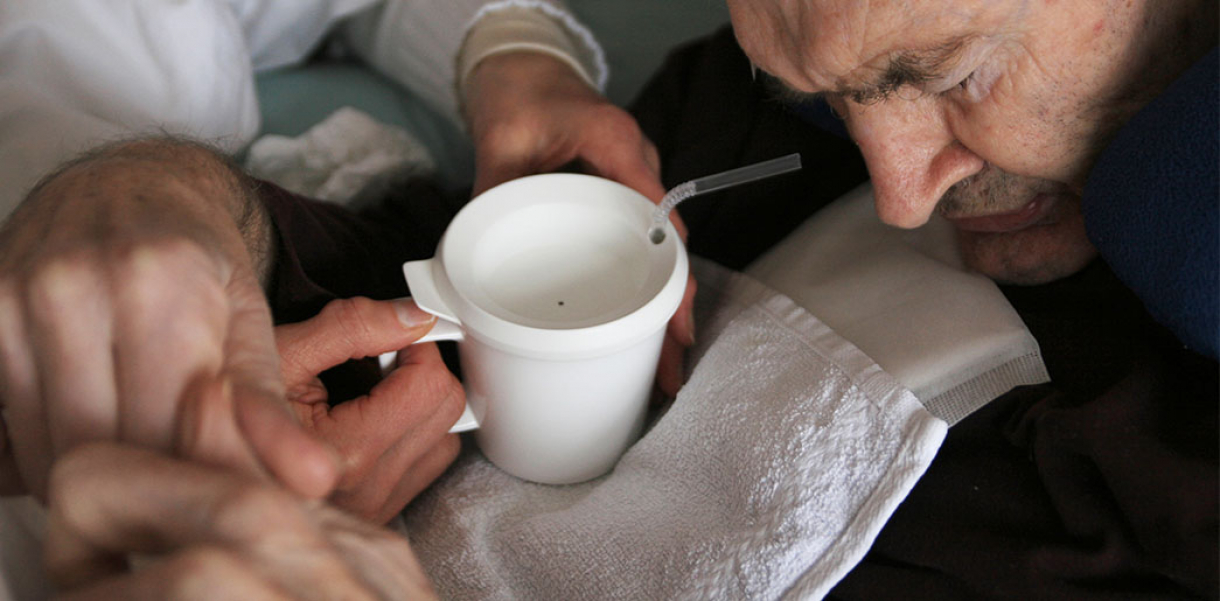As the population in developed and developing countries is aging rapidly, the number of people with dementia increases, which makes it one of the most important public health issues of our time. In the UK, it is forecast that by 2050 the number of people with dementia could more than double from 750,000 to 1.7 million, while in India, China, south Asia and the western Pacific, threefold increases are expected by 2040. This puts enormous pressure on care facilities, but at the same time designs to improve independence and interaction in this area are grossly underfunded.
The design of Eating, Design & Dementia focuses on two areas where design can play an effective role—tableware and table setting. Design solutions are consolidated into three groups: Low, medium and high assistance. The low assistance cup and plate compensate for poor vision and use color to ensure food contrasts with the plate and the plate edge is visible. The medium assistance, high-lipped plate helps people with limited dexterity to push food onto their spoon and keep it on the plate. The cup replaces double handled cups by removing the handles and replacing them with an insulated layer allowing for gross motor movement and easy grip. The high assistance plate is shaped for care workers to hold close to residents who can no longer feed themselves.
These designs will improve the lives of care home residents and users who need assistance when eating, and at the same time help improve nutritional health and over-all quality of life.
Designed by
Gregor J. Timlin - Ireland




